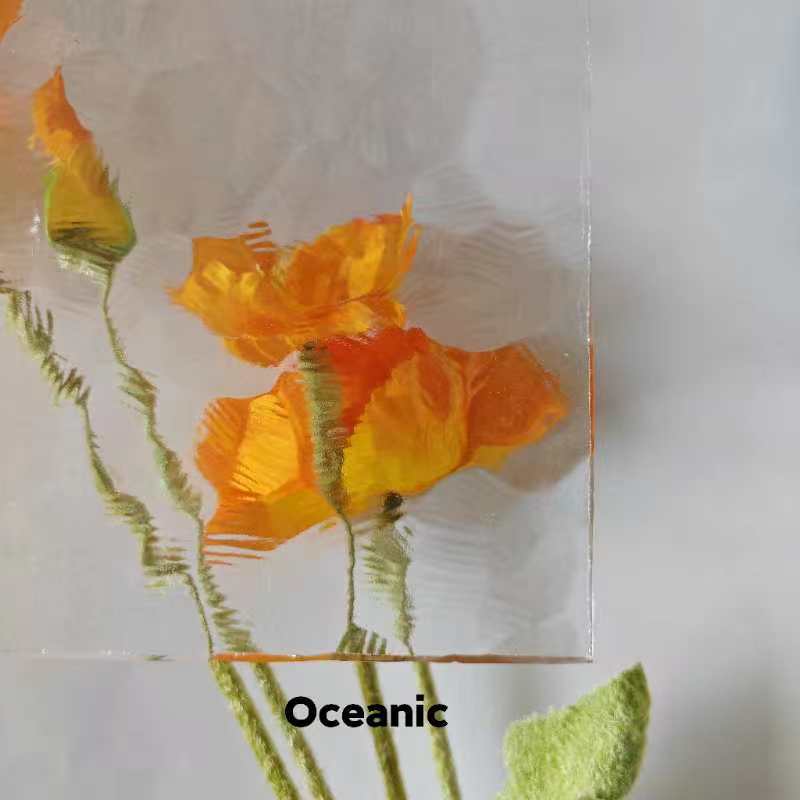

Understanding Silver Mirror Prices Factors and Trends
In the world of precious metals and commodities, silver has long held a place of significance. Among its many applications, the production of silver mirrors represents a fascinating intersection of art, industry, and economy. The price of silver mirrors, influenced by various factors, reflects broader market trends, silver's intrinsic value, and consumer demand.
The Basics of Silver Mirrors
Silver mirrors are created through a process where a thin layer of silver is deposited onto glass. The reflective properties of silver make it an ideal choice for mirrors, delivering high-quality images and durability. Due to its aesthetic appeal, craftsmanship, and technological applications, silver mirrors find usage in homes, art installations, and commercial settings.
Current Price Trends
As of the latest market data, the price of silver mirrors fluctuates based on several economic indicators. The core factor influencing silver mirror prices is the price of silver itself, which is traded as a commodity on various exchanges. The underlying cost of raw silver, driven by supply and demand dynamics, significantly impacts the pricing of finished goods like mirrors.
Influential Market Factors
1. Supply Chain Disruptions The global supply chain has faced numerous challenges, particularly with the COVID-19 pandemic affecting production and logistics. Any disruption in the supply of silver due to mining shutdowns or transportation issues increases costs, thus impacting silver mirror prices.

2. Market Demand The demand for silver in electronics, photography, and solar panels has seen growth, directly affecting its pricing. As more industries discover new applications for silver, competition for this precious metal intensifies, leading to higher prices for silver-based products, including mirrors.
3. Economic Conditions Inflation and economic uncertainty often drive investors towards precious metals as safe-haven assets. In times of financial instability, the demand for silver rises as investors seek to hedge their risks, subsequently pushing up prices.
4. Technological Advancements Innovations in the manufacturing of mirrors, such as enhanced coating techniques, can influence the overall costs. While these advancements might improve the quality of silver mirrors, they can also increase production costs, translating to higher prices for consumers.
The Future of Silver Mirror Prices
Looking forward, the silver mirror market is poised for growth. The increasing focus on interior design, luxury furnishings, and modern architecture suggests a rising demand for quality mirrors. As consumers become more aware of the aesthetic and practical benefits of using silver mirrors, the market is likely to expand.
Additionally, the broader adoption of sustainable practices is steering manufacturers toward more eco-friendly production methods. These changes may initially increase costs but could lead to a more stable pricing landscape in the long run.
Conclusion
The price of silver mirrors is a reflection of a complex interplay between the marketplace, economic conditions, and consumer preferences. As industries evolve and technological advancements emerge, the demand for high-quality silver mirrors is anticipated to grow. Observers of this niche market should remain cognizant of underlying trends in silver pricing, as they will continue to shape the future of this exquisite product. Through understanding the dynamics that drive prices, consumers and industry stakeholders can make informed decisions in this ever-evolving landscape.